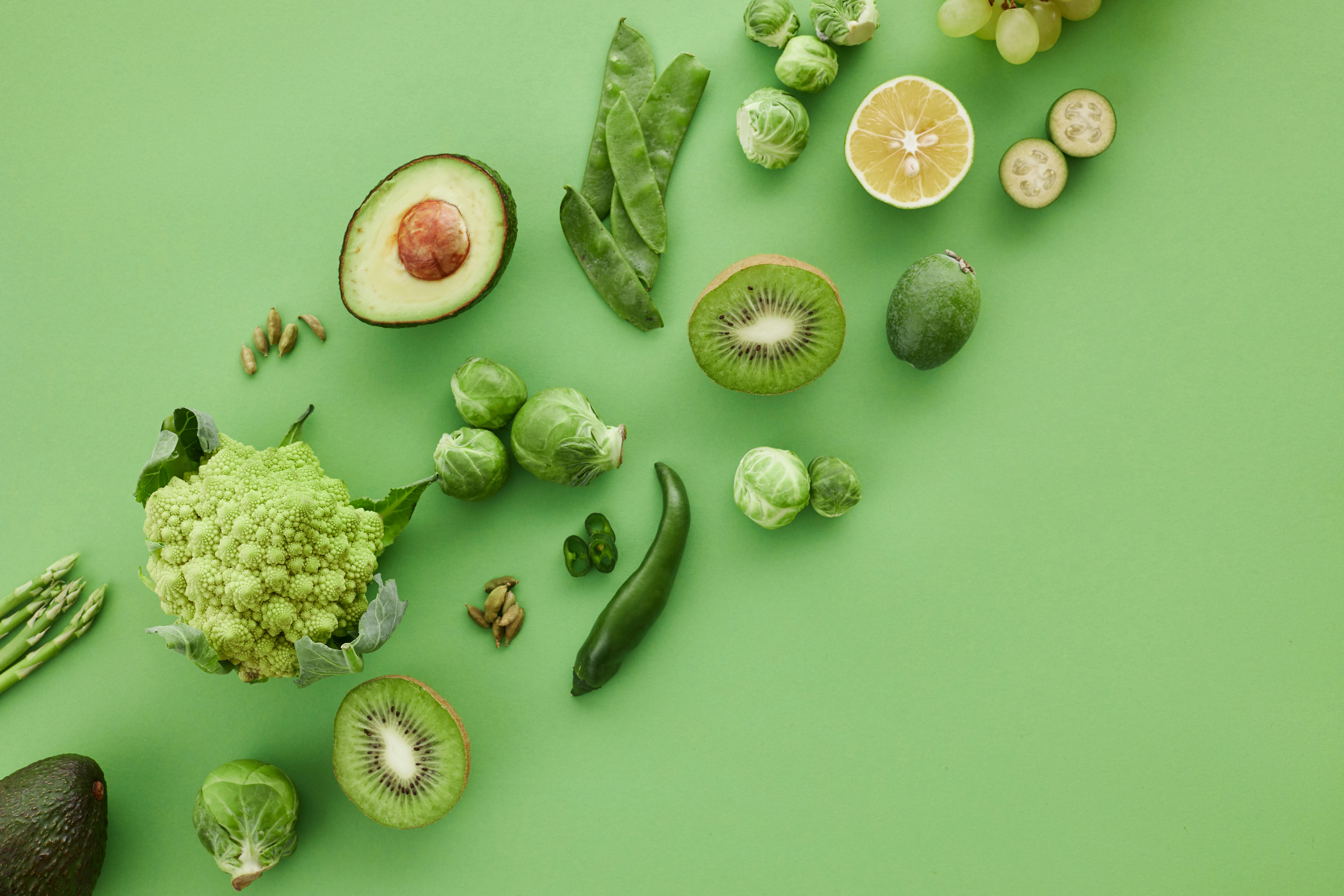Effective Ways to Store Onions for Freshness in 2025

Essential Guide to How to Store Onions for Maximum Freshness in 2025
Onions are a staple ingredient in kitchens around the world, known for their flavor-enhancing properties and versatility across countless dishes. However, one challenge that many face is how to store onions properly to maintain their freshness and flavor. This guide aims to provide comprehensive onion storage tips tailored for 2025, helping you keep your onions in optimal condition and extend their shelf life.
Understanding the various onion preservation methods and the ideal conditions for storage can make a substantial difference in preventing spoilage. This comprehensive guide will cover how to store onions effectively, the best types of onions for long-term storage, and common mistakes to avoid. By following the expert recommendations in this article, you'll be able to ensure that your onions remain fresh, flavorful, and ready for use whenever you need them.
**Key Takeaways:** Proper storage techniques can prevent sprouting and mold, enhance the longevity of onions, and ultimately help make your culinary experiences more enjoyable. Let's dive into the essentials of onion storage for freshness, starting with general principles!
Essential Tips for Storing Onions Fresh
Building on the importance of proper storage, the first step involves understanding the essential tips for keeping onions fresh. Whether you're dealing with whole onions or prepared pieces, knowing how to handle them can significantly enhance their longevity.
Choosing the Right Environment for Onion Storage
The ideal onion storage conditions encompass temperature, humidity, and ventilation. First, onions should be kept in a cool, dry, and dark place. The temperature should ideally be between 32°F to 50°F. High humidity can lead to mold, while excessive heat can initiate sprouting. Storage spaces like cool basements or root cellars are perfect for long-term onion storage.
Moreover, ensure that the onions are stored in a well-ventilated area. Proper ventilation will reduce moisture accumulation, preventing decay and sprouting. Avoid plastic bags that trap humidity; instead, opt for mesh bags or perforated containers that allow air circulation.
Using Appropriate Storage Containers
When it comes to choosing the best container for storing onions, consider options like cardboard boxes, mesh bags, or nets that facilitate airflow. Here’s how to select the right container:
- Mesh Bags: Ideal for long-term storage, they help prevent moisture retention.
- Paper Bags: Useful for short-term storage and readily available at most grocery stores.
- Wooden Crates: Excellent for storing larger quantities and allows airflow.
Maintaining Ideal Onion Storage Conditions
Onions dislike light, humidity, and heat. Always store them in a dark room or pantry to prevent sprouting. The ideal onion storage humidity is around 60-70%, which can be challenging to maintain in humid climates. Using silica gel packs can help absorb excess moisture in storage areas, keeping onions fresher for longer.
This naturally leads us to discuss specific onion types and their best storage practices.
Best Types of Onions for Storage
Choosing the right onion variety is crucial for long-term storage success. Not all onions have the same shelf life or storage requirements. Here, we explore which onion varieties are ideal for keeping fresh over extended periods.
Storing Yellow Onions
Yellow onions are among the best choices for storage due to their balanced flavor and long shelf life. They can last for several months if stored in cool, dry conditions. Avoid washing them before storage as excess moisture can cause rot.
Storing Red Onions
While red onions are delicious and visually appealing, they generally have a shorter shelf life than yellow onions, often only lasting about a month. Store them in a similar manner, but keep an eye out for sprouting or soft spots.
Storing Sweet Onions
Sweet onions, like Vidalia or Walla Walla, have higher moisture content, making them more susceptible to spoilage. They are best used quickly after purchase or stored in the refrigerator to prolong their freshness. Keep them in airtight containers to prevent moisture loss or absorption.
Following these practices helps maintain onion freshness, allowing for a versatile ingredient in your meals. Now, let’s delve into practical methods for storing chopped and peeled onions.
How to Properly Store Chopped and Peeled Onions
Understanding how to store onions that have been cut or peeled is essential for both flavor preservation and food safety.
Storing Chopped Onions
Chopped onions can be easily stored in the refrigerator for short-term use. Use airtight containers to minimize exposure to air, preventing the onion smell from affecting other foods. They should ideally be consumed within 7-10 days for the best flavor.
Storing Peeled Onions
Peeled onions should be treated similarly to chopped onions. Ensure they are wrapped tightly in plastic wrap or kept in airtight containers. If storing peeled onions for longer than a week, consider freezing them for future use or incorporating them into cooked dishes.
Refrigerating Onions
While whole onions should be kept in a cool, dark place, chopped or peeled onions can benefit from refrigeration. Just be cautious not to store them next to potent ingredients like garlic, which can alter their flavor.
As we explore more advanced topics, let’s examine common onion storage mistakes that people make and how to avoid them.
Common Mistakes in Onion Storage
<pHowever, even with good practices, misconceptions about storing onions remain prevalent. Identifying these common storage mistakes ensures that you maximize their freshness and shelf life.Storing Onions with Potatoes
One common mistake is storing onions alongside potatoes. While this might seem convenient, these two foods release moisture and gases that encourage spoilage. It's best to keep them separated to avoid intertwining their spoilage cycles.
Neglecting Air Circulation
Another frequent error involves ignoring air circulation. Storing onions in tightly sealed containers can trap moisture and lead to rot. Always prioritize containers that enable airflow.
Too Much Light Exposure
Don't forget that light exposure can cause onions to sprout prematurely. Ensure proper storage locations minimize light to prolong their freshness.
Now that we have highlighted common pitfalls, it’s important to understand the curing process as an essential component of onion storage.
The Importance of the Onion Curing Process
Curing onions before storage can significantly enhance their shelf life. This crucial step involves drying them to remove excess moisture, making them less prone to spoilage.
How to Cure Onions
Onions should be cured in a well-ventilated area away from direct sunlight. Spread them out and let them dry for about two weeks. After curing, trim the roots and remove any loose skin before storing.
Understanding the Impact of Onion Quality
The quality of onions at the time of storage can affect their longevity. Always select firm, unblemished onions for storage. Damaged onions are prone to rot and can spoil others if stored together.
Implementing Onion Freshness Tips
To further enhance onion quality maintenance, regularly check stored onions for any signs of decay and remove any that show weakness. Maintaining proper conditions will mitigate spoilage risks.
Q&A: Common Onion Storage Questions
How long do onions last?
The shelf life of onions can vary based on the type and storage conditions. Yellow onions typically last up to 6 months, while red onions can last about a month. Sweet onions, due to their higher moisture content, last up to 2-3 weeks.
Can I store onions in the fridge?
It’s best to store whole onions at room temperature. However, chopped or peeled onions can be refrigerated to maintain freshness for a week or so.
How can I tell if my onion has gone bad?
Signs of spoilage include softness, mold, or an off smell. If any of these are present, it’s best to discard the onion to avoid cross-contamination.
To summarize, keeping onions fresh requires attention to proper storage techniques, environmental conditions, and optimal handling. By adhering to these guidelines, your culinary endeavors with onions will undoubtedly benefit from enhanced flavors and freshness!
For more insights on food storage practices, check out these articles: Food Preservation Techniques and Best Practices for Storing Vegetables.

